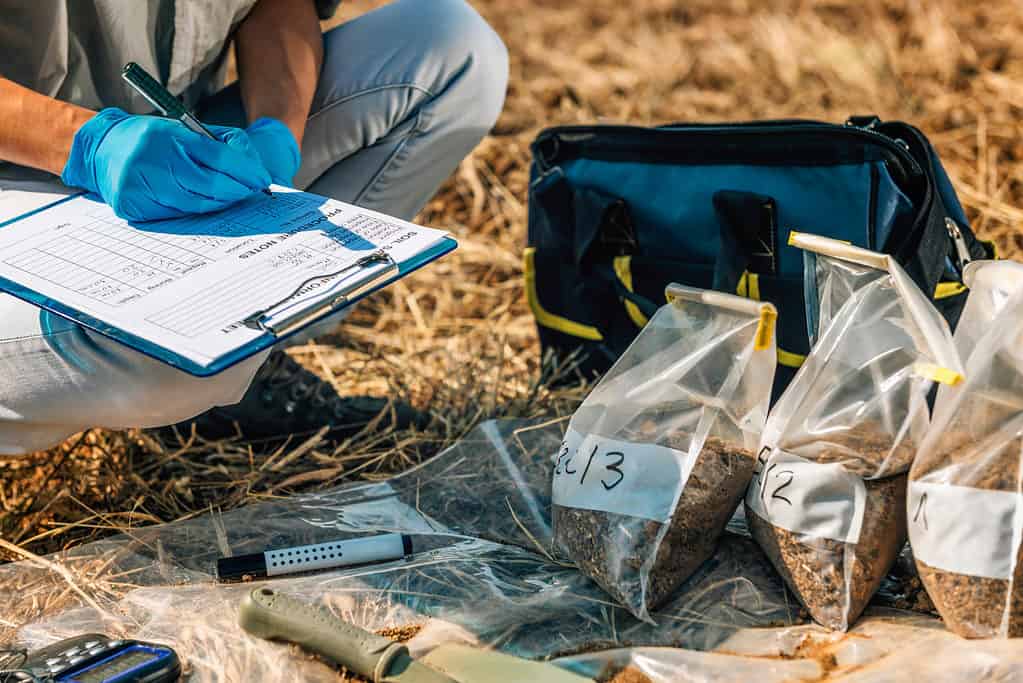Category: Concepts

Root Cause and Failure Analysis (RCFA): How to Fix Production Issues
Published:In a fiercely competitive market reacting swiftly to product or process failures, determining the true root cause and implementing change limits financial and reputational damage. Utilising root cause and failure analysis methodology is your gold standard for robustly preventing future failures.
Read more »
Exploring the Null Hypothesis: Definition and Purpose
Published:The null hypothesis, written as Ho is a subset of the larger topic of Hypothesis Testing. The null hypothesis is a statement about a specific condition of your data and allows you to draw important conclusions about that data.
Read more »
Platykurtic Distribution: Working Beyond Normality
Published:Not all your data will have a normal distribution. Sometimes, the curve is taller or shorter than a theoretical normal distribution. Does that mean you have a problem? We can answer that question by learning a little bit more about kurtosis and the platykurtic distribution.
Read more »
Identifying and Managing Special Cause Variations: Dealing with the Unexpected
Published:When it comes to variance, there are two main types to consider. These are common cause and special cause. Common cause variations usually do not pose much of a problem. Special case variations are another story.
Read more »
Confidence Bands: An Essential Tool for Statistical Analysis
Published:The concept of a confidence band is usually associated with regression analysis. We will also explain why a confidence band is not the same as a confidence interval.
Read more »
Using Voice of the Process to Identify Critical Processes for Improvement
Published:Are you hearing voices? If it’s in a business context, then there is nothing to worry about — and it might even be a good thing. Let’s listen in to the voice of the process and hear what it has to say.
Read more »
How Kaizen Events Drive Continuous Improvement
Published:With your business, sometimes a need arises to address an issue swiftly and with all hands on deck. A Kaizen Event is meant for these kinds of times.
Read more »
Engineering Change Request (ECR): Preparing for Change
Updated:While you hope everything goes smoothly and as planned, sometimes you have to make a change in your existing product or product design. The engineering change request is the form you use to initiate the changes.
Read more »
Design Risk Assessment: Minimize Problems Before They Begin
Published:Design risk assessment is a risk assessment framework that identifies, analyzes, and documents risks during a design project. When performing a design risk assessment, the team will assess all risks associated with the project including the design process.
Read more »
The Difference Between Correction and Corrective Action in Business Problem-Solving
Published:Problems are going to arise in business, but the companies that succeed in the long term are those that find the true causes of those problems and find ways to keep them from happening again. When an issue occurs, the inclination is to stop it quickly. While this is fine, it is important […]
Read more »
Mastering the T-Statistic: Tips and Tricks
Published:You may think turnaround time has decreased from your baseline as a result of a process improvement. But has it really? The t statistic is one way to find the answer to that question.
Read more »
The Role of Multi-Generational Product Planning in Business Growth
Updated:“So much to do, and so little time to do it” might be a good way to describe multi-generational product planning, or MGPP. Sometimes it makes sense to stage your improvements over a longer period of time.
Read more »
Natural Tolerances: Expecting the Drift
Updated:The economical method of setting the control limits of a process to a specific level is known as natural tolerance. Natural tolerances work well for typical desired levels of control and are useful for reviewing the practicality of the specification limits.
Read more »
Clean Point: Getting Your Production Back on Track
Published:In manufacturing, production may have to halt due to an issue somewhere in the process. Once the issue is addressed, it is important to know just where the clean point is.
Read more »
Z Bench: See How Far Your Data Is Straying
Published:Z bench is not where Zorro rested after saving another town. There are a number of Six Sigma terms associated with the letter Z, such as Z score, Z bench long term, Z bench short term, and Z shift. Let’s explore the A to Zs about Z.
Read more »
What are Replicates? A Complete Guide
Published:When doing Design of Experiments (DOE), replicates become an important consideration for improving the accuracy of your experiment. Let’s learn a little more about replicates. In Design of Experiments (DOE), a replicate is a single repetition or run of an experiment, with all conditions and factors kept constant except for the treatment being […]
Read more »
Breakthrough Improvement: Going Beyond Incremental Changes
Published:How much improvement do you expect from your projects? Is 5% ok? How about 15%? Breakthrough improvement will be 70% or more. Let’s see how breakthrough improvement works.
Read more »
Exploring Process Capability Analysis: A Versatile Tool for Quality Assessment
Published:As the name implies, capability analysis is an analysis of the ability of your process to meet your customer’s expectations and requirements. There are a number of calculated metrics which can be used to help you do your capability analysis.
Read more »
Kappa: Reliable Measurements for Attributes in Data
Published:Kappa is the common measurement for judging how your measurement system works for attribute data. It is also described as the primary output from an Attribute Agreement Analysis.
Read more »
Goodman-Kruskal Gamma: A Powerful Tool for Research and Analysis
Published:Correlation allows you to determine whether sets of data have some sort of relationship. Goodman-Kruskal Gamma looks at pairs of data and determines a correlation. Let’s see how.
Read more »
Random Variation: Understanding the Noise
Published:Is random variation a good thing or a bad thing? Should I worry about the statistical implications or the practical ones? Let’s find out.
Read more »
Little’s Law: A Powerful Metric for Process Analysis
Published:Your customers want to know when they can expect completion of their orders. Little’s Law, or Process Lead Time (PLT), is a simple way to calculate how long an order will take to complete.
Read more »
The Role of Lower Control Limit in Process Stability and Improvement
Published:Process stability is a critical need before trying to improve that process, and control charts are used to assess it. The lower control limit is one of the three fundamental lines on a control chart for identifying a lack of stability.
Read more »
Defining Stakeholder Roles and Responsibilities in Process Improvement
Published:The ability of a process improvement initiative to invoke sustainable change within an organization depends on the support of stakeholders who will execute the proposed changes.
Read more »